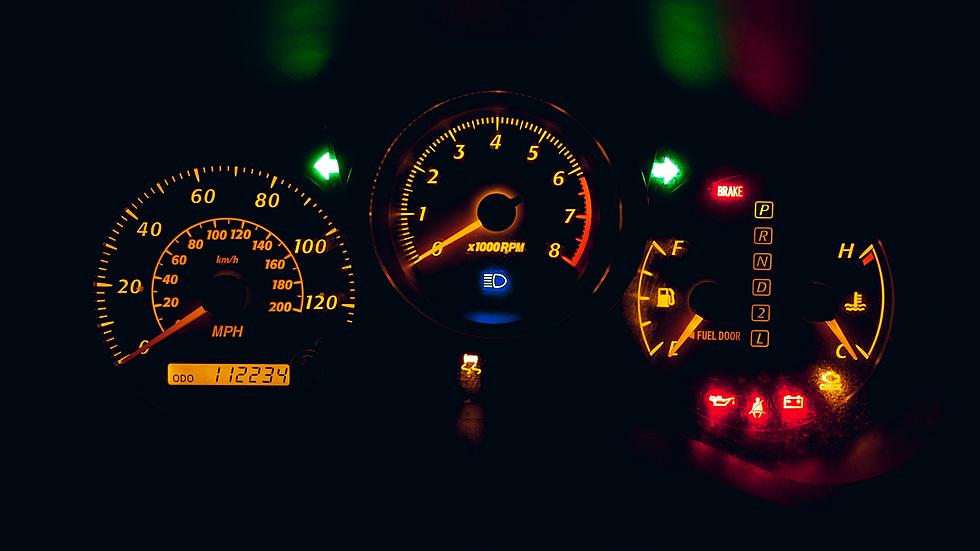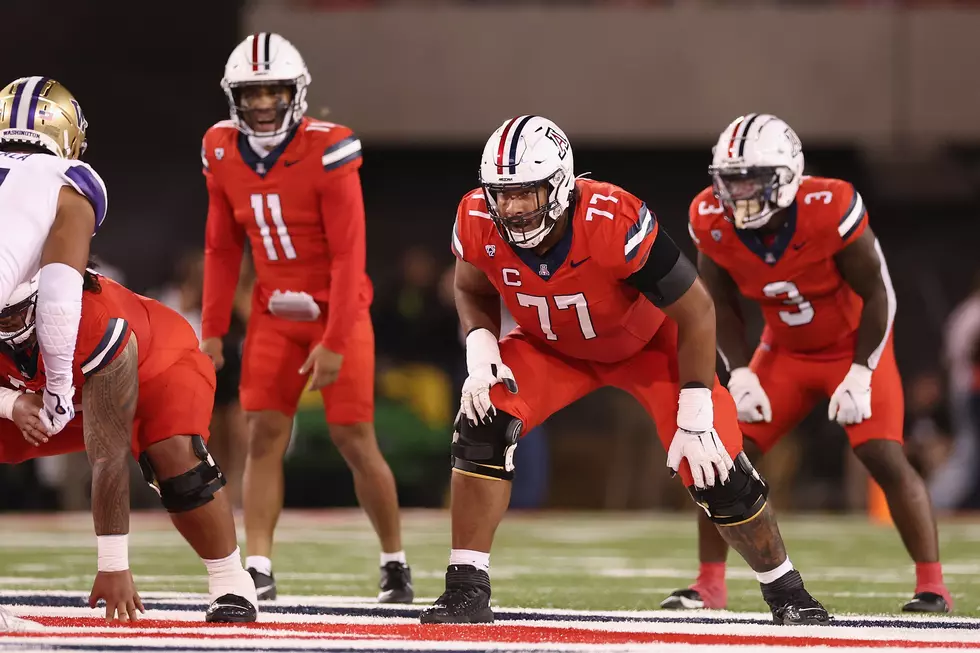
How Far Can You Drive After Your Low Fuel Light Comes On?
None of the warning lights that pop up on our dashboards bring us anything except uncertainty and anxiety.
That's especially true of the low fuel light. It's a helpful reminder to fill up your tank, but exactly how many more miles do you have before you're left stranded on the side of the road with an empty tank?
Most vehicles now have some sort of mileage display to give you a rough idea, but how reliable is that information?

AAA is trying to take the mystery out of the great low fuel light game with their recent article How Far Can You Drive When the Low Fuel Lights is ON?
In it, they talk about the history of the gas gauge, which dates back to 1920.
They also detail how most fuel tanks work, thanks to a floating sensor that’s attached to an arm inside the gas tank.
It's all pretty straightforward stuff, and they advise that 30-50 miles is generally considered the standard distance before most cars run out of gas.
But they do have a much more detailed checklist to determine what exactly is the 'sweet spot' for your particular vehicle.
HOW TO CALCULATE THE REMAINING MILES WHEN THE FUEL LIGHT IS ON
1. Check your vehicle's owner's manual to determine the fuel capacity of your tank and write it down. For the purposes of this example, we'll assume it's a 15-gallon tank and the vehicle gets 23 miles per gallon.
2. Starting at your next fill-up (with your fuel tank completely full) reset your trip meter to zero or write down your odometer reading, then drive as you normally would. Pull over to fill up as soon as you see your gas light come on, taking note of your trip distance or odometer reading. In this example, we'll say the vehicle went 300 miles before its light came on. Refill your tank completely.
3. Write down how many gallons of gas it took for the pump to shut off and refill your tank. In this example, we'll say it took 13 gallons, so we know this vehicle burns 13 gallons before its fuel light comes on.
4. By dividing the number of miles recorded (300) by the number of gallons it took to refill (13), we can get a miles-per-gallon reading (23 miles per gallon).
5. Subtract the number of gallons it took to fill the tank (13) from the tank's total capacity (15). The 2 gallons left over gives us the amount of gas in the tank when the low fuel light comes on.
6. Multiply the vehicle's 23 mpg by the number of gallons left in the tank when the fuel light comes on (2). The result is an approximation of how far this vehicle can be driven after the fuel light comes on before completely running out of gas (approximately 64 miles).
Got all of that?
Let's hope it gives you enough information to confidently drive without ever having to worry about running out of gas ever again.
LOOK: See how much gasoline cost the year you started driving
LOOK: The longest highways in America
See the Must-Drive Roads in Every State
More From KSOO-AM / ESPN Sioux Falls








